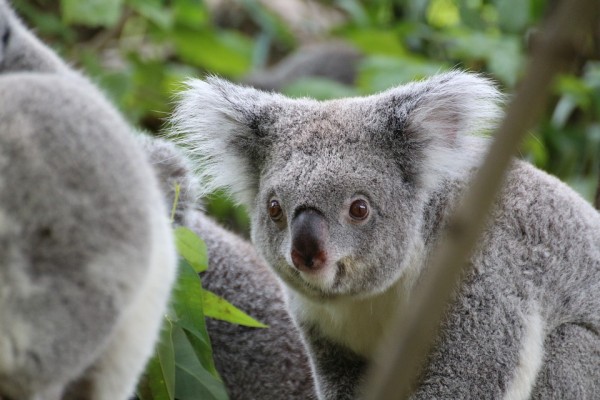By Ana Verayo, | November 23, 2016

Daylight savings could help save koalas in Australia from accidents involving vehicles. (Pixabay)
Scientists suggest that daylight saving time in Australia can apparently protect and save a large population of koalas from dying on the road.
In this study, a team from the University of Queensland tracked 25 wild koalas from Coomera and Redlands in Queensland. By analyzing traffic data courtesy of Queensland Transport and Main Roads on major roads, researchers gained a better understanding of when and where these creatures are often killed along highways.
Like Us on Facebook
Data revealed that weekday traffic often peaks at 7 to 8 a.m. and 3 to 5 p.m. while weekend traffic occurs around 11 a.m. and when the sun sets.
In this new study, researchers found out that 300 koalas get killed due to vehicle collisions each year along the roads of Queensland. More often than not, crossing koalas get hit around the late afternoons and early evenings during peak traffic and koala activity.
Researchers suggest that reducing this overlap among koalas and vehicles can significantly reduce collision rates. Therefore, incorporating daylight saving times can reduce animal casualties on the road.
In Brisbane, koala populations have declined by an alarming 80 percent in the last 20 years, mainly due to disease, dog attacks, and vehicular fatalities.
According to Robbie Wilson from the University of Queensland School of Biological Sciences, incorporating daylight savings can decrease car collisions by a crucial eight percent on weekdays and even 11 percent during weekends.
Wilson explains that since koalas are nocturnal, commuters will drive home when there is still daylight as most wildlife collisions and accidents occur during dusk and twilight.
Daylight savings are already active in southern states in Australia during October to April.
This new study was published in the journal, Biology Letters.
-
Use of Coronavirus Pandemic Drones Raises Privacy Concerns: Drones Spread Fear, Local Officials Say

-
Coronavirus Hampers The Delivery Of Lockheed Martin F-35 Stealth Fighters For 2020

-
Instagram Speeds Up Plans to Add Account Memorialization Feature Due to COVID-19 Deaths

-
NASA: Perseverance Plans to Bring 'Mars Rock' to Earth in 2031

-
600 Dead And 3,000 In The Hospital as Iranians Believed Drinking High-Concentrations of Alcohol Can Cure The Coronavirus

-
600 Dead And 3,000 In The Hospital as Iranians Believed Drinking High-Concentrations of Alcohol Can Cure The Coronavirus

-
COVID-19: Doctors, Nurses Use Virtual Reality to Learn New Skills in Treating Coronavirus Patients







